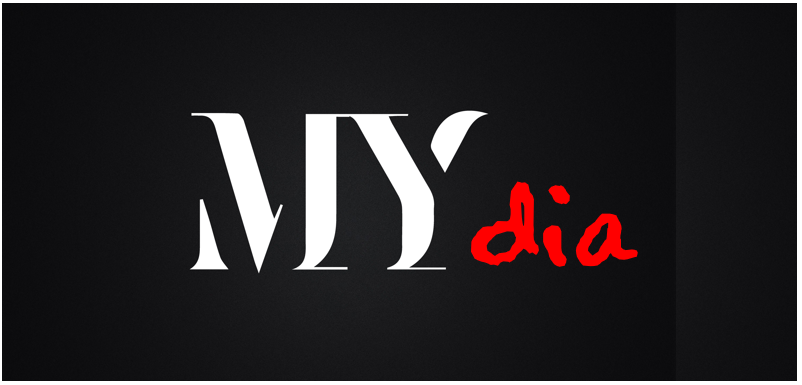
Only people as advanced in age as yours truly recalls the “ME Generation,” yet another handle for Baby Boomers back in the 1970s. Credited to the author, Tom Wolfe, the label connoted the selfishness and egotism of the millions and millions of people in m-m-my generation. And I’d bet many of the younger people who followed in and out of our footsteps would agree with the general sentiment behind the “ME Generation” label. Boomers have had the well-earned reputation for being self-centered all of our lives.
In subsequent years, other groups of citizens in this country have caught up with – and perhaps even lapped those original members of that “ME Generation,” now hobbling on artificial hips and knees, or being reduced to canes and walkers. It seems like everyone wants it their way. Today, even the youngest generation is laser-focused on personalization and consumed by having their worlds as customized as possible.
Maybe it’s a small thing, but when Burger King revived their old slogan/jingle, “Have it your way,” I sat up and took notice. The campaign was originally launched during the heart of the “ME Generation” in 1973. And it was in direct response to McDonald’s Big Macs – identically prepared, and all the same.
In fact, lyrics of those Burger King jingles spoke to the idea of getting your Whoppers personalized- “your way.”
“Special orders don’t upset us, all we ask is that you let us serve it your way.”
Fast-forward to 2022, and Burger King digs into their archives to unearth the slogan as part of a $400 million brand makeover. And the old/new campaign caters to the increasingly important need to personalize products and services for this generation.
From personalized playlists to personalized shopping, brands are using our names and our tastes to make their products appear to be geared especially to us.
Remember those Coke cans with consumer names? You can now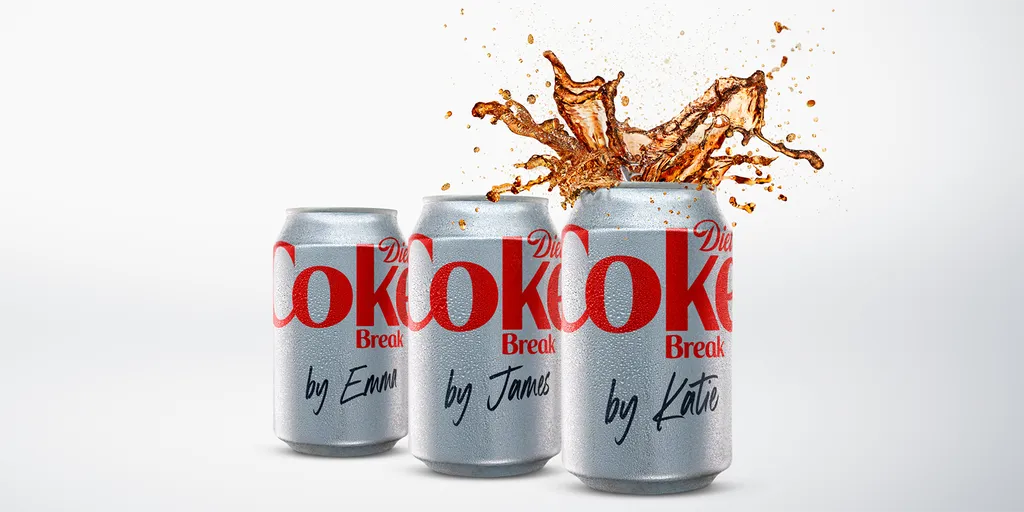 order their soft drinks with your name emblazoned on the can. And Oreo offered custom versions of their famous cookies, complete with names, logos, and other decorations to make their treats personal.
order their soft drinks with your name emblazoned on the can. And Oreo offered custom versions of their famous cookies, complete with names, logos, and other decorations to make their treats personal.
As Louise Maugest, Diet Coke’s senior marketing director in the UK, explained, “We know how much our fans love a Diet Coke break – taking time for themselves in the midst of their busy lives – so, it made perfect sense for us to make that time even more special. We’re so excited to be bringing personalized cans to our fans this summer and we’d love to hear from them when they spot theirs in stores by tagging @DietCokeGB.”
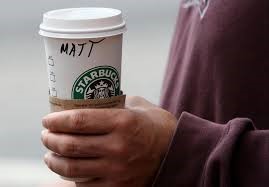 I’ve talked about how Starbucks’ new CEO, Brian Niccol, is trying to rekindle that brand’s warmth and consumer connectedness. Starbucks recently announced the company was ordering 200,000 Sharpies so baristas can once again write the names of customers on cups.
I’ve talked about how Starbucks’ new CEO, Brian Niccol, is trying to rekindle that brand’s warmth and consumer connectedness. Starbucks recently announced the company was ordering 200,000 Sharpies so baristas can once again write the names of customers on cups.
Back during COVID, Starbucks switched over to ticket printing names on labels affixed to cups. While efficient, the personalized approach may be symbolic of what the brand needs in order to recapture its “eye contact” with its customers.
It’s a small thing, of course, and not likely to alter brand perceptions overnight. But Starbucks grasps the fact they’ve let personalization be overshadowed by their quest for more speed and efficiency. And it hasn’t worked.
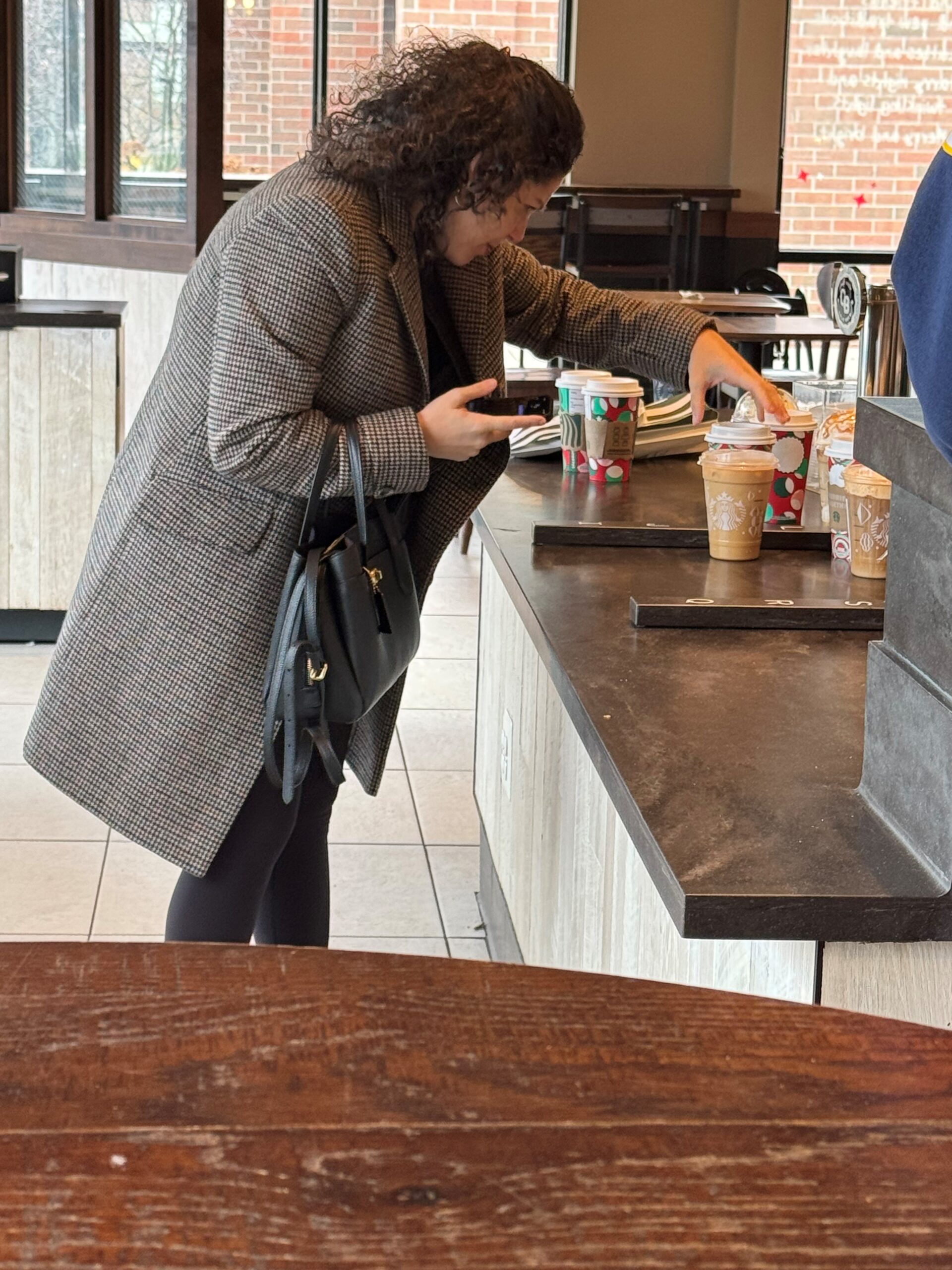 For the past few years, I’ve been witness to the “Starbucks squint” (pictured), a ritual where mobile order patrons bend at the knee and lean in to try to read their names in small print labels affixed to their orders. It’s a move that repeats again and again. The Sharpies should solve that problem.
For the past few years, I’ve been witness to the “Starbucks squint” (pictured), a ritual where mobile order patrons bend at the knee and lean in to try to read their names in small print labels affixed to their orders. It’s a move that repeats again and again. The Sharpies should solve that problem.
And that leads me to what may end up becoming a new buzzword in the world of media. Harvey Kojan sent me a copy of CNN personality Brian Stelter‘s newsletter, “Reliable Sources” because that’s how it hit him, too.
In the newest edition, the big story is about how the mainstream media took a back seat to cellphone news and information during the election. Stelter quotes Nancy Gibbs, director of Harvard’s Shorenstein Center:
“We’ve now read 10,000 post-mortems about the rise of non-corporate, decentralized, individualized media (I think of it as MYdia). But media by definition is a filter; it mediates. And for many voters, especially young ones, IT TOO WAS MEDIATED.”
MYdia – what a concept.
But that’s essentially what many consumer brands are trying to do – determining how to personalize their content and their experiences. We want it our way.
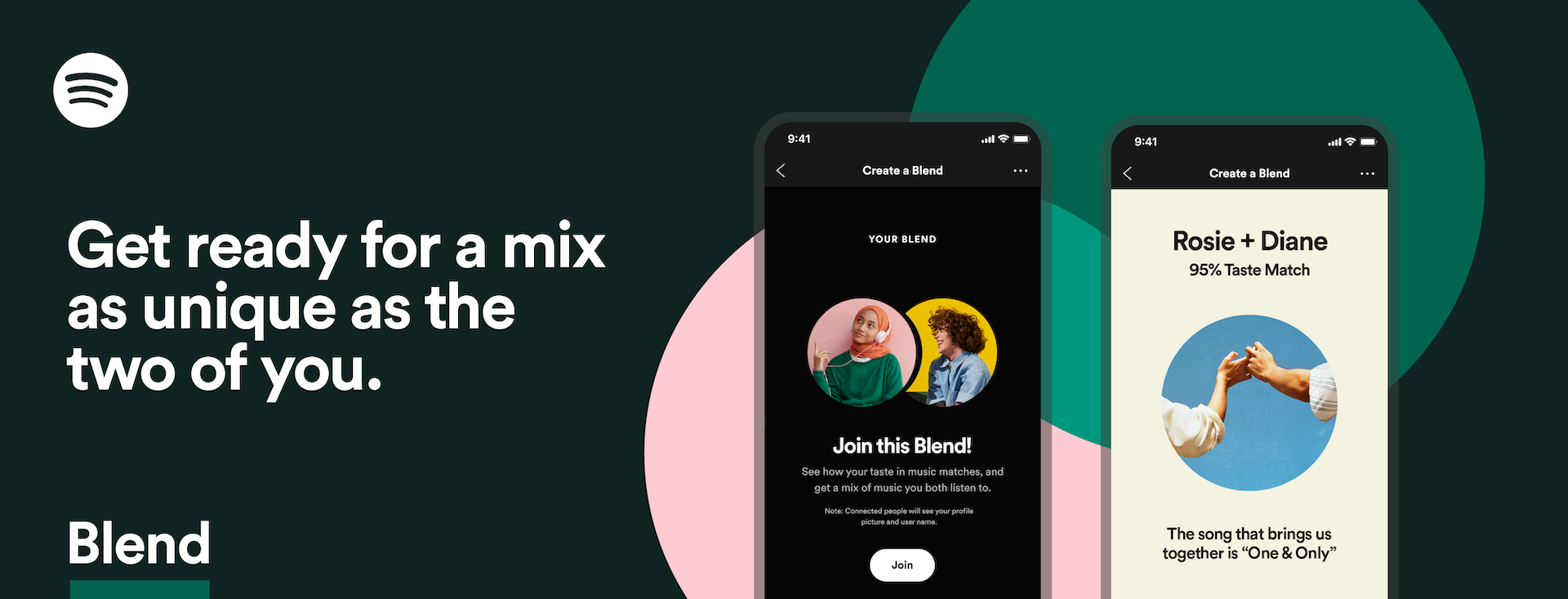 Now, for Spotify, this is baked into the code. Anybody can build and curate their own playlists, rather than having it emanate from a radio station program director or on-air personality.
Now, for Spotify, this is baked into the code. Anybody can build and curate their own playlists, rather than having it emanate from a radio station program director or on-air personality.
With SiriusXM, customization is clunkier, facilitated by having a couple hundred channels, most of them narrow in scope, along with additional options embedded in their app. The theory is that most of us can find a channel or two that speaks to US. Still, personalization is lacking.
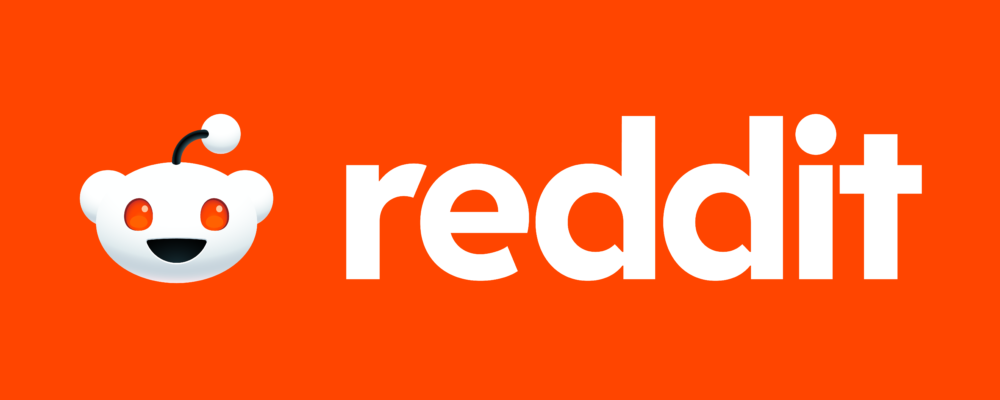 And there’s Reddit, a social platform that’s been around seemingly forever, but now hitting new highs by providing ultra-narrow communities – “subreddits” – to its users. Reddit is a “long tail” platform that caters to niche tastes, which all of us in one way or another enjoy.
And there’s Reddit, a social platform that’s been around seemingly forever, but now hitting new highs by providing ultra-narrow communities – “subreddits” – to its users. Reddit is a “long tail” platform that caters to niche tastes, which all of us in one way or another enjoy.
Reddit launched nearly two decades ago, now topping more than 75 million daily average users. It is more than hitting its stride, proving out the personalization model. And remarkably, after 19 years, it is finally profitable.
The highest “subreddit” user counts are especially impressive, tracked by a site called Backlinko:
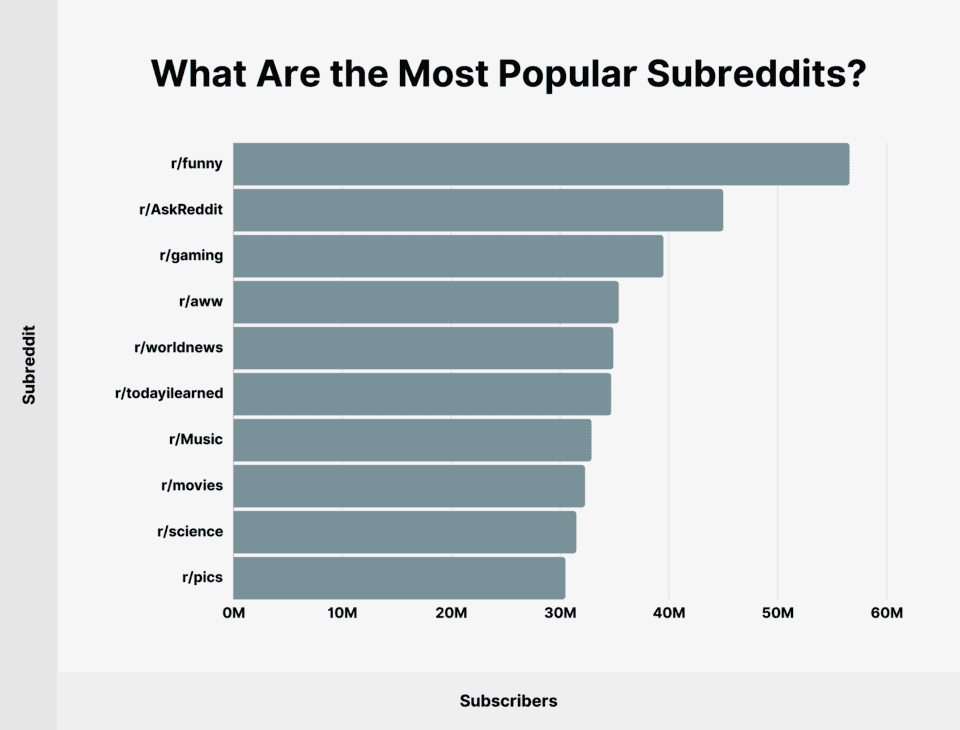
From “truck stop bathroom philosophy” to “ways to make money online” to “stuff that looks like something it’s not,” there’s something for everybody on this platform. And on Reddit, that’s the point.
For broadcast radio, personalized playlists are a tough putt in a world where success has always been defined by reaching a mass, undifferentiated audience.
 But of course, we’re all different, as unique as our fingerprints. (Or at least we want to be thought of this way.) Even with HD subchannels, broadcast radio struggled to produce versions of its programming individualized for communities or group of listeners. Beyond formats, however, there are other ways to personalize interactions with fans.
But of course, we’re all different, as unique as our fingerprints. (Or at least we want to be thought of this way.) Even with HD subchannels, broadcast radio struggled to produce versions of its programming individualized for communities or group of listeners. Beyond formats, however, there are other ways to personalize interactions with fans.
I have long talked about the urgent need for the industry to refocus its efforts on not just building email databases, but gathering key data points behind each signup in order to serve individuals and advertisers better and more effectively.
Of course, brands have been trying…and failing…to do this for years – even the biggest ones. Because my given name is Frederick, I have the instant test to determine if a brand even remotely knows me. Missives, emails, and texts addressed to “Fred” have a much better chance of getting noticed – and read – than those who try to talk to some guy named “Frederick” or on occasion, “Mr. Fred.” They’d be better off with “Dear sir” or even just “Hi.”
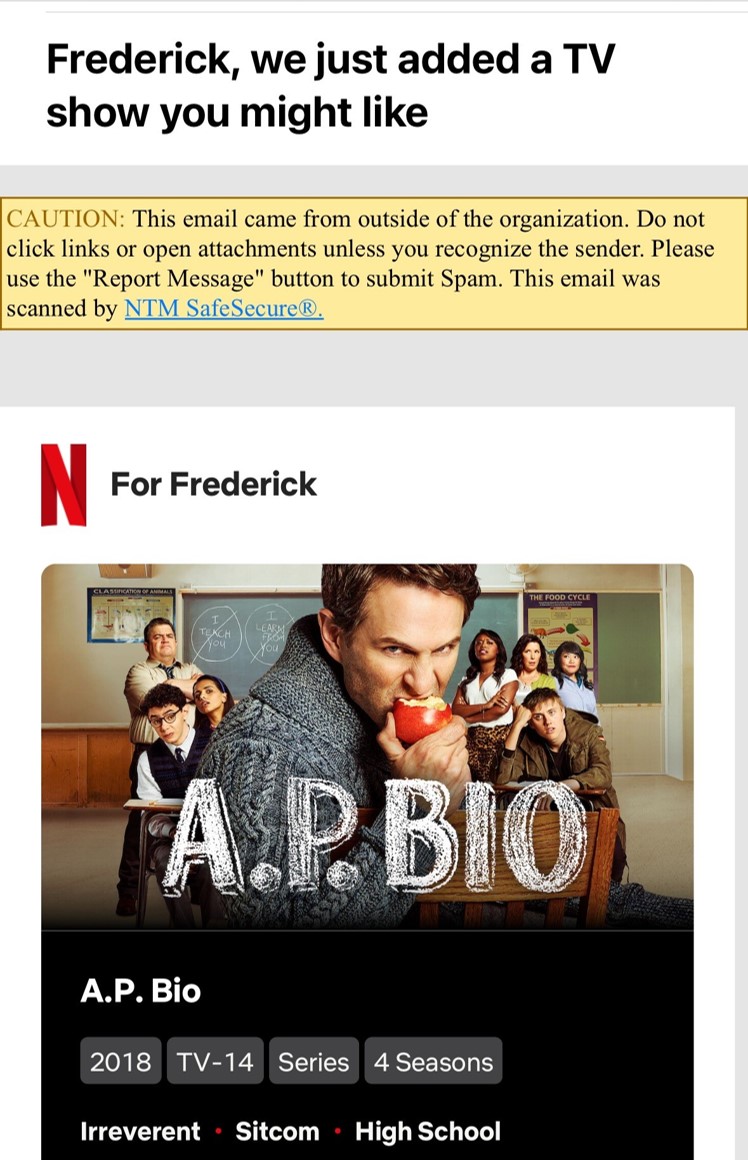
Radio used to do this more effectively, especially around listener birthdays. Most stations celebrated this special day with an email card, often personalized with the listener’s first name. Maybe it’s a small thing, but it is a nice gesture especially on a day when fewer and fewer recognize the day we came into the world. If you used to do this, but stopped, it might be the least you could do to remind listeners of their value to you as they celebrate their special day.
Here’s an example from a streaming station (a replica of the old Keener 13 in Detroit) that does a better job than most over-the-air operations:
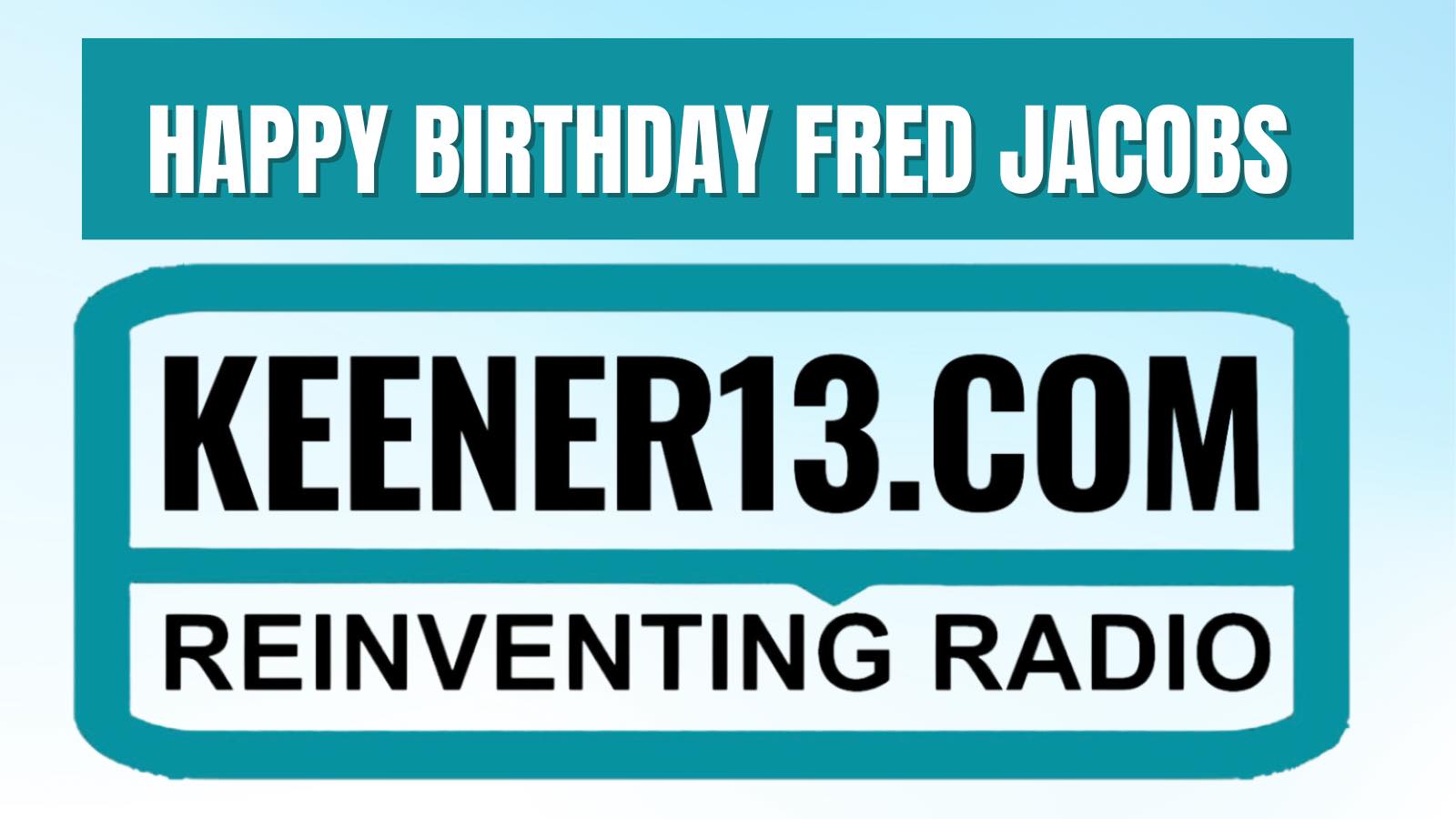
And then there are advertisers, and in the case of public and Christian stations, donors and/or members. How can basic personalization work to provide a more one-to-one experience with the folks paying the bills, making it possible for radio stations to survive and thrive?
The MYdia movement isn’t just about content consumption. Its focus should be on creating individualized experiences that give us the sense that in this world of infinite brands and bots, there’s one or two that “get” us, recognize us, and perhaps even go out of their way to personalize something for us.
Do it consistently and effectively, and people might start talking about you – in the best of ways.
That’s what Starbucks is going for.
And radio should be, too.
- For Radio, The Perils Of Rebranding - May 30, 2025
- There’s No Failure In Radio - May 29, 2025
- It’s Not An Innovation If You Can’t Make It Work – And Last - May 28, 2025




Except when I accidentally call you Paul, right, Fred?
I enjoy those generic e-mails that just call me “K.” And these marketers actually think these impersonal sales pitches will get results?
Don Davis is the owner of KRKE, the Albuquerque station that runs my Classic Hits format The Eighties Channel™. He frames his sales pitches around the format name, because it also immediately identifies the station to the potential advertiser.
He says it’s the easiest sell he’s ever had. And it is so simple.
And it also tells the audience precisely what to expect when they tune in to 93.7 … and we deliver.
Tell me again why iHeart thought dropping the identifier “80s @ 103.7” on KOSF in San Francisco was supposed to be a good idea? It was much stronger a brand than is “Classic Hits” to listeners … or it should have been, if it wasn’t.
K.M., there’s a lot to be said about owning something definable, tangible, and positive. “The 80’s” fill the bill, and hopefully, you don’t have to start adding “and More” to it down the road. Thanks for the comment.